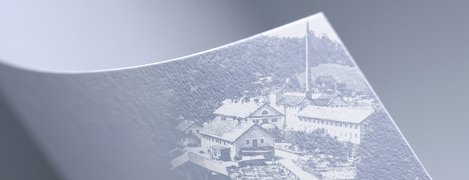
History Louisenthal
There aren’t many technology companies with a 200-year history. If the secret to survival is the ability to adapt to new situations, our company has done pretty well! In our recent history, one of the most significant events contributing to our technological leadership was our acquisition by G+D in 1964. Find out more about our background here.
1800 to 1890
Louisenthal’s history begins in 1818 with the founding of Jakob Deisenrieder’s watchmaker’s shop. In 1839, the workshop changes hands and the new owners (a mechanic named Johann Mannhardt with his business partners) expand it and convert it into a machine factory and hammer mill. The massive cast iron roof structure of the Walhalla building near Regensburg comes from this factory. Owing to poor transport infrastructures, the company runs at a loss and is sold.
A new business took over in 1840, producing wire nails known as “Gmunder Stifte”, or Gmund nails. Between 1861 and 1863 there was a short-lived Kneipp hydrotherapy institute, which was then followed by a cotton mill. The Bavarian king, Maximilian II, gave permission to the Swiss owner of the cotton mill to name it “Louisenthal” in honour of Princess Ludovika (“Louise”) Wilhelmine of Bavaria.
In 1878 the factory is sold to Carl Haug, who co-owns a paper mill elsewhere. The future of the factory becomes clearer! Haug adds a Fourdrinier papermaking machine in 1879 and two pulp mills nearby, including the Mühltal mill completed in 1884. He names the factory Papierfabrik Louisenthal and in 1889 is also instrumental in the installation of local electric power and a railway in the area. This is the site of the first electric power transmission in Germany. The new railway dramatically improves logistics for Louisenthal products, which no longer need to be transported by horse-drawn carts.
In 1899, disaster strikes: the nearby Mangfall river bursts its banks and the entire Louisenthal factory is flooded. The business closes temporarily and staff focus on the clean-up operation.
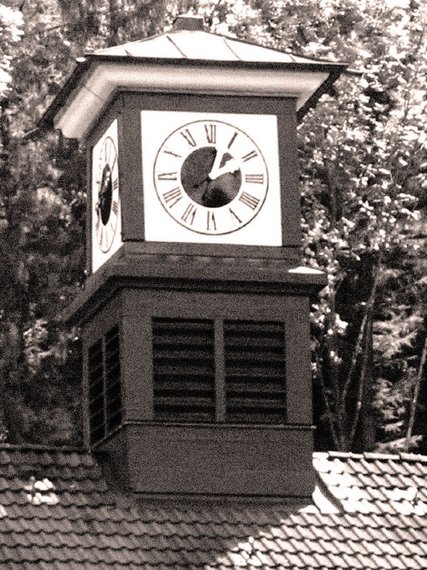
Louisenthal’s history begins in 1818 with the founding of Jakob Deisenrieder’s watchmaker’s shop.
Schultes receives permission from King Max II to name the factory “Louisenthal”. The name “Louisenthal” (Louise Valley) refers to Duchess Ludovika (French: Louise), daughter of King Max I Joseph von Baiern, wife of Duke Max in Baiern and mother of Empress Elisabeth of Austria (Sisi).
Building of Papierfabrik Louisenthal with a Fourdrinier paper machine.
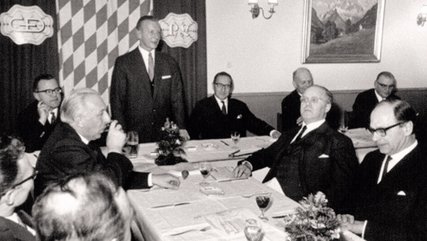
1900 to 2000
Carl Haug dies in 1908 and his widow takes over the management of the factory together with the couple’s son and son-in-law. They celebrate the 50th anniversary of the Louisenthal factory in 1929. Aside from a slowdown during the war, the Louisenthal factory continues to operate successfully and is acquired in 1964 by the Munich-based banknote and security printers, Giesecke+Devrient. The acquisition kicks off over 55 years of significant technology investments, starting with a new cylinder mould paper machine for banknotes, a new boiler house, a testing and development laboratory and an additional factory facility.
In 1972, Louisenthal wins a contract to start producing secure paper for Eurocheques, commonly used in central Europe for payments until 2002, as well as for several other large customers. Starting in 1976 and continuing over several years, Louisenthal invests in significant technical enhancements to the plant, including widening the paper machine, installing new equipment, opening a refinement department and new workshops, and expanding its R&D department as well as its office space.
In 1990, Louisenthal is selected to produce the third generation of the Deutsche Mark, which introduces window cleartext thread for the first time. Production is rapidly expanded due to the reunification of East and West Germany and the standardisation of their currencies to the Deutsche Mark, for which Louisenthal supplies 100% of the security paper. Following reunification, Louisenthal acquires the Königstein paper mill, near Dresden. Production output grows from 3,500 tons in 1991 to over 10,000 tons today. In the 1990s, Louisenthal’s investments in cutting-edge technology continues unabated: in 1994, it installs a hologram application machine (OVS I) and produces the world’s first banknote paper with hologram stripes (Bulgaria’s 2,000 leva note). In 1999, the company’s innovative spirit continues as it starts foil production with a joint venture partner. It also develops LongLife banknote paper with enhanced durability properties.

50-year anniversary of Papierfabrik Louisenthal; owners are Frau Haug, widow of the founder, and partners Dr. A. Förderreuther and councillor of commerce Arthur Haug.
On May 1, the banknote and security printers Giesecke+Devrient, Munich, purchase the complete plant.
Louisenthal is supplier of the Deutsche Bundesbank for the first time. Sole supplier until the implementation of the euro.
Acquisition of Königstein paper mill. Production volume grows from 3,500 t in 1991 to approx. 10,000 t today.
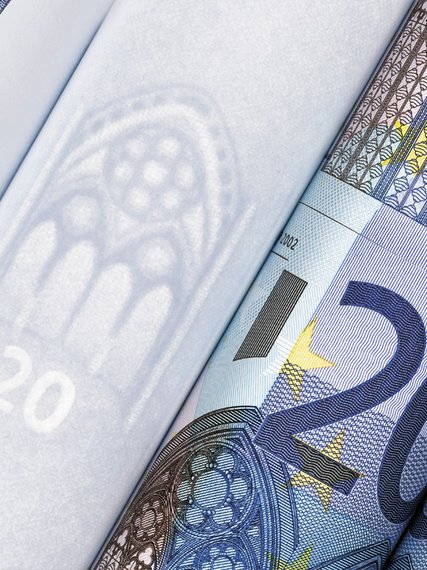
2000 to present
Louisenthal is one of the major paper suppliers of paper for the euro, which comes into circulation in 2002. It inaugurates its own foil production plant operations and optimises production between the Louisenthal paper, Königstein paper, and Louisenthal foil production plants. Louisenthal chalks up another innovation in 2005: Bulgaria’s 20 leva note, the first in the world to feature a transparent security window, which the company dubs “varifeye®”.
From 2010 to 2020, the foil production plant expands once again and introduces new high-tech security features.

Introduction of the euro: Louisenthal is one of the major paper suppliers of paper for the euro.
Louisenthal’s own foil production plant begins operations. Restructuring of production between the Louisenthal paper, Königstein paper, and Louisenthal foil production plants.
Expansion of the foil production plant.
Start-up of the new paper machine PM4 in Königstein – the world’s most innovative and fastest banknote paper machine.
